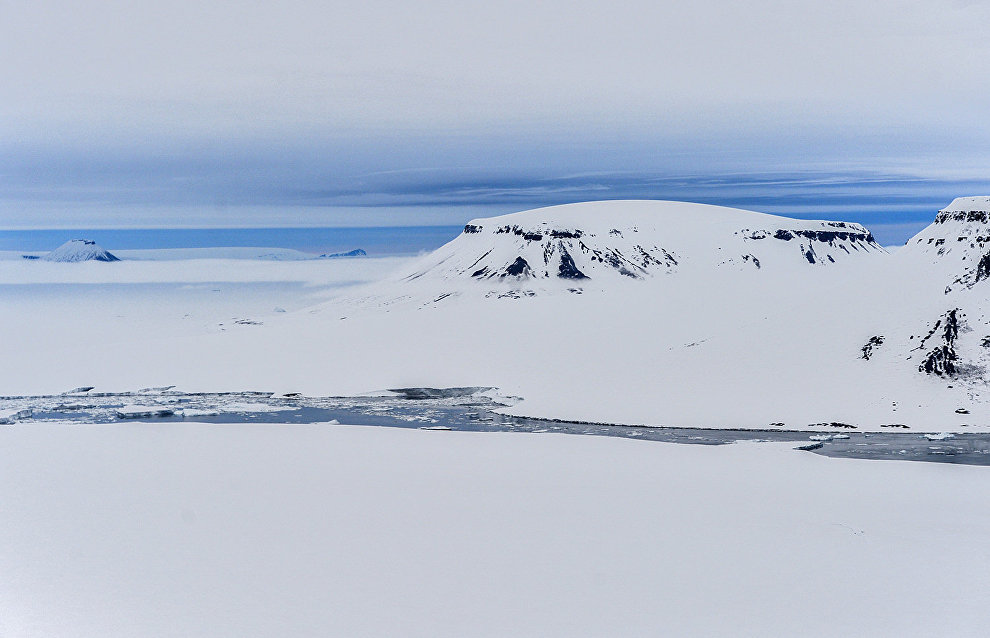Russian Academy of Sciences member: Russia’s Arctic shelf claim is more justified than other countries’
Russia's submission to the UN for the expansion of its Arctic continental shelf is significantly more substantiated than that of the other Arctic countries. However, political implications may affect the decision, according to Valery Vernikovsky, member of the Russian Academy of Sciences' Siberian Branch (Institute of Petroleum Geology and Geophysics). As RIA Novosti reports, the scientist was a member of the delegation that filed the claim.
"The request was filed with the UN on February 9, 2016. We have done a great deal of work over the past 15 years since our first application. Other applicants include Canada and Denmark. But I can say that our claim is significantly more relevant," Vernikovsky said during a visit to the institute by Sergei Menyailo, Presidential Plenipotentiary Envoy to the North Federal District.
The scientist noted that since the first submission in 2001, there have been nine full-scale expeditions that have resulted in the latest bathymetric chart of the entire shelf that Russia is claiming, including the evolution of the entire Arctic waters.
"The application was presented and heard at three sessions last year. The sub-commission is working on it in depth. Denmark is applying now (it includes Greenland in its Arctic area — ed.), and it wants to draw a border from Greenland that includes the entire Lomonosov Ridge. These are the kinds of things that start happening. I think that, besides our geological substantiation there will be significant political overtones," Vernikovsky believes.
In 2015, Russia filed a renewed application with the UN to extend its continental shelf in the Arctic by integrating the underwater Lomonosov Ridge that stretches towards the North Pole, and which includes other underwater areas. According to the United Nations Convention on the Law of the Sea, shelf expansion requires proof that the adjacent geological makeup at the bottom of the ocean be related to a given continental geological makeup.
